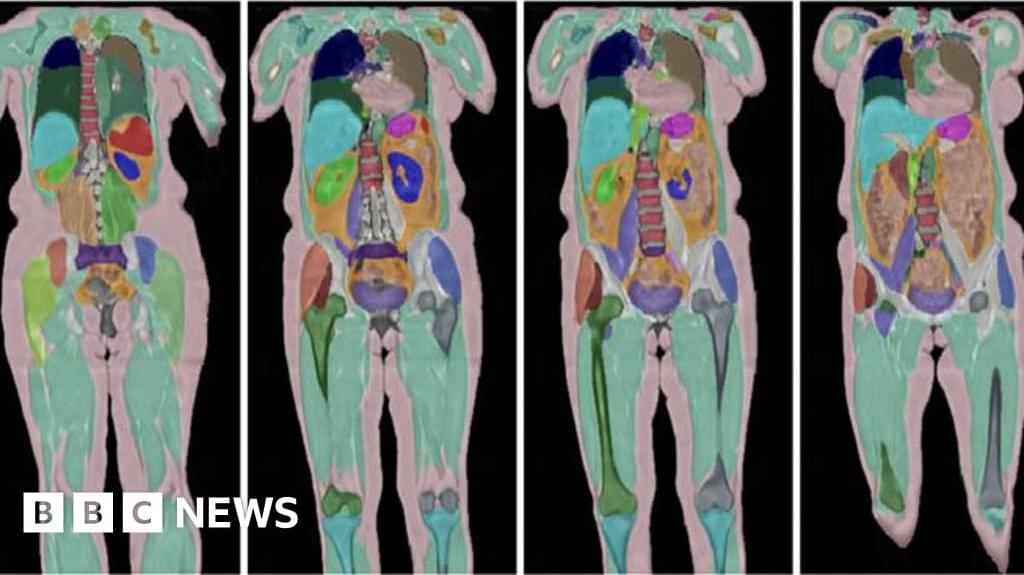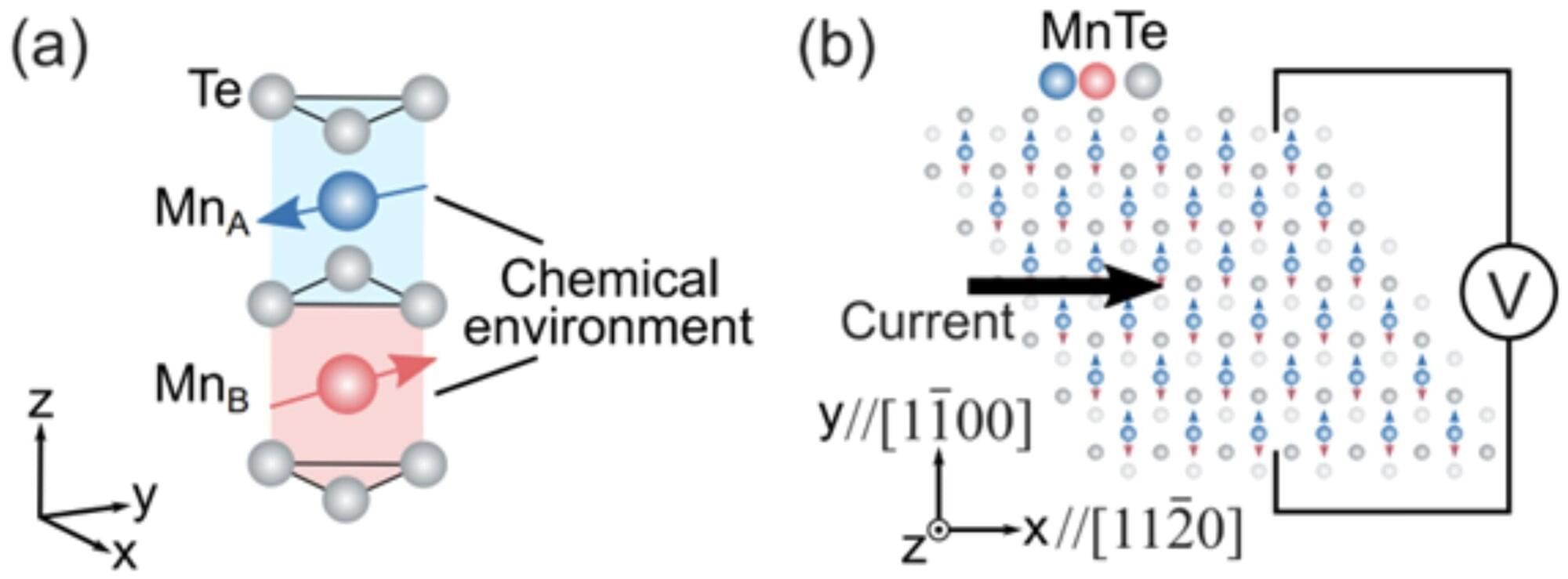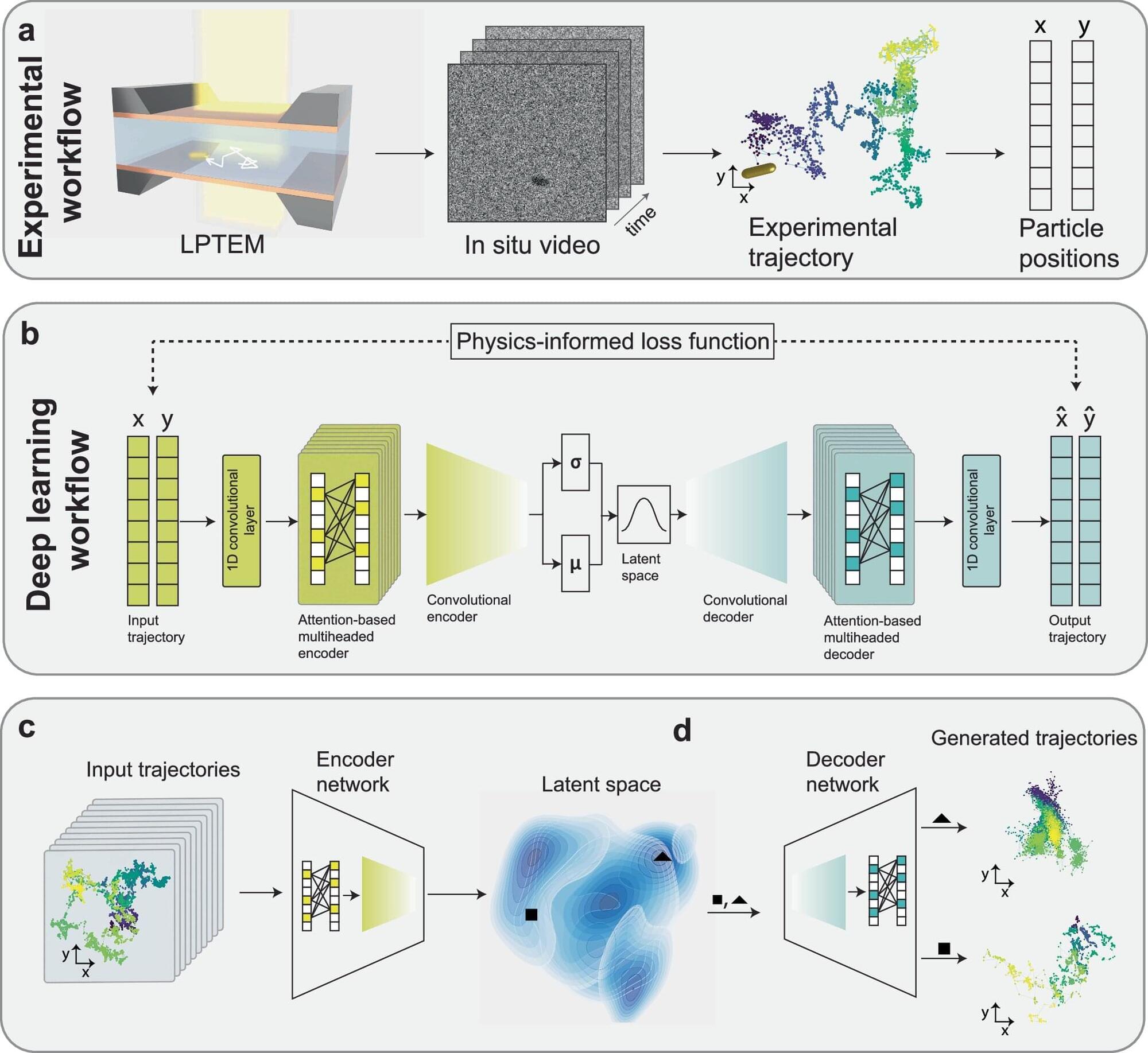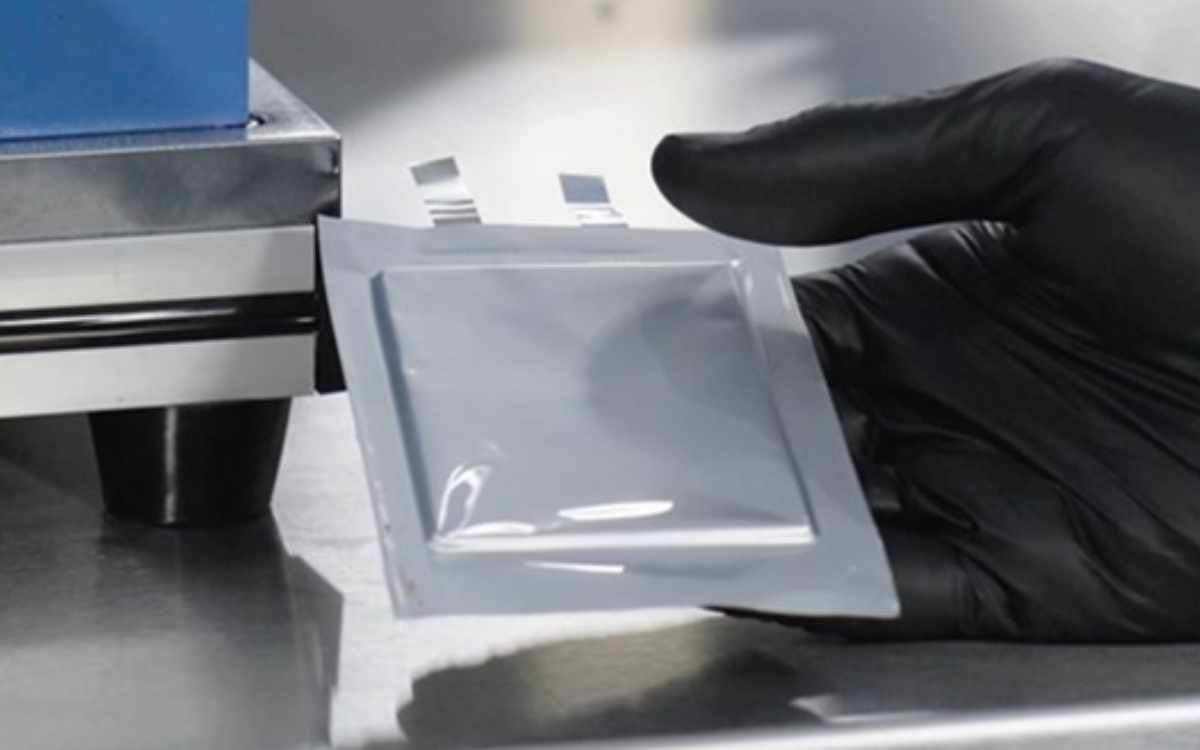William Ho is a Co-Founder, and has served as the President, Chief Executive Officer, and Director of IN8bio ( https://in8bio.com/ ), a biotech company with…
Get the latest international news and world events from around the world.

“Wood Film Makes Batteries Nearly Unbreakable”: US Scientists Unleash Breakthrough Tech That Boosts EV Safety and Extends Battery Life by a Stunning 60 Percent
IN A NUTSHELL 🌿 Lignin-based separators improve the safety and extend the life of lithium-ion batteries by 60 percent. 🔥 These separators remain stable at temperatures up to 572°F, significantly reducing the risk of thermal runaway. 🌍 The use of a solvent-free dry process ensures eco-friendly and scalable battery production with zero waste. 🔋 This


A promising pathway for the electrical switching of altermagnetism
The ability to switch magnetism, or, in other words, to change the orientation of a material’s magnetic moments, using only electricity, could open new opportunities for the efficient storage of data in hard drives and other magnetic memory devices. While the electrical switching of magnetism has been a long-sought-after research goal, it has so far proved to be difficult to realize.
Researchers at Southern University of Science and Technology (SUSTech) in China and Peking University, led by Prof. Haizhou Lu and Prof. X. C. Xie, recently demonstrated the electrical switching of a particular form of magnetism known as altermagnetism, which was first discovered in 2022.
Their paper, published in Physical Review Letters, could have important implications for the development of new technologies based on altermagnetic materials that can be controlled with electrical currents, without the need for external magnetic fields.

New AI tool deciphers mysteries of nanoparticle motion in liquid environments
Nanoparticles—the tiniest building blocks of our world—are constantly in motion, bouncing, shifting, and drifting in unpredictable paths shaped by invisible forces and random environmental fluctuations.
Better understanding their movements is key to developing better medicines, materials, and sensors. But observing and interpreting their motion at the atomic scale has presented scientists with major challenges.
Researchers in Georgia Tech’s School of Chemical and Biomolecular Engineering (ChBE) have developed an artificial intelligence (AI) model that learns the underlying physics governing those movements.

The dangers of so-called AI experts believing their own hype
Beware the tech leaders making grandiose statements about artificial intelligence. They have lost sight of reality, says Philip Ball
By Philip Ball

Celebrating the 50th Anniversary of the historical Apollo-Sojuz Rendezvous, 17 July 1975
Space Renaissance International (SRI) wants to celebrate the 50th Anniversary of the historical Apollo-Sojuz Rendezvous, occurred the 17 July 1975!
During the cold war age, American astronauts and Russian cosmonauts gave a beautiful example of friendship and collaboration. Space culture demonstrated to be very much higher than terrestrial warmongering attitude! And such a distinctive cultural tract was demonstrated even later, with the MIR space station and then the ISS. Up to our present days, when the need of an higher Peace Culture is more urgent than ever.
Bernard Foing (SRI President), Jerry Stone, Werner Grandl, Marie-Luise Heuser, and others, will celebrate and share their thoughts about this historical Anniversary.
SRI invites All to celebrate with us!


Reconstructing a Five-Star Smashup
A detailed analysis of a stellar cluster has led to a possible explanation for several fast-moving runaway stars around the cluster.
The “altercation” happened 50,000 years ago: The binary star Mel 34 was ejected from a young star cluster at a speed of 100,000 mph (46 km/s)—the result of a violent interaction that seemed buried in the cosmic past. But a group of astronomy detectives has now reconstructed part of the cluster’s history and identified a five-star smashup as the most likely cause for Mel 34’s high-speed departure [1]. This unlikely collision offers important information about the fate of young, massive stars.
The star cluster R136 is a grouping of around 60,000 stars in the Large Magellanic Cloud, a small galaxy 160,000 light-years from Earth. The cluster is about 2 million years old, which is fairly young as clusters go. “R136 is very special because it’s the youngest and the most massive star cluster in the local group of galaxies,” says Simon Portegies Zwart from Leiden University in the Netherlands. Previous studies of R136 have identified several dozen “runaway” stars that have been kicked out of the cluster. Runaways are common around clusters, but their origins are not always clear. R136 is young, so it’s a good place to study the process that produces runaways, Portegies Zwart says.